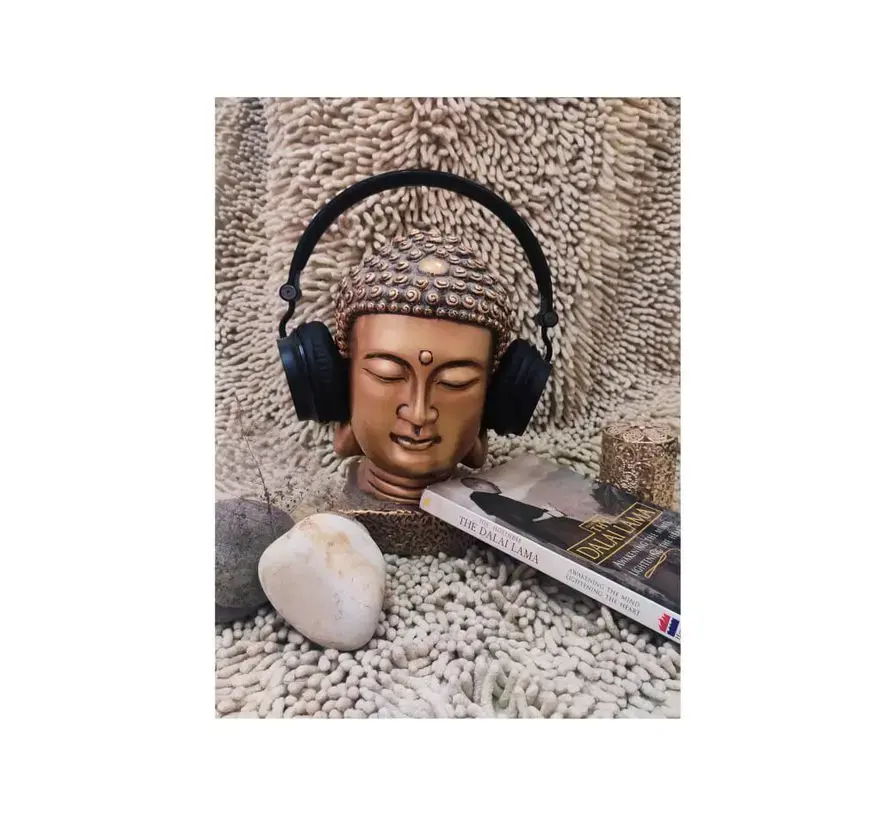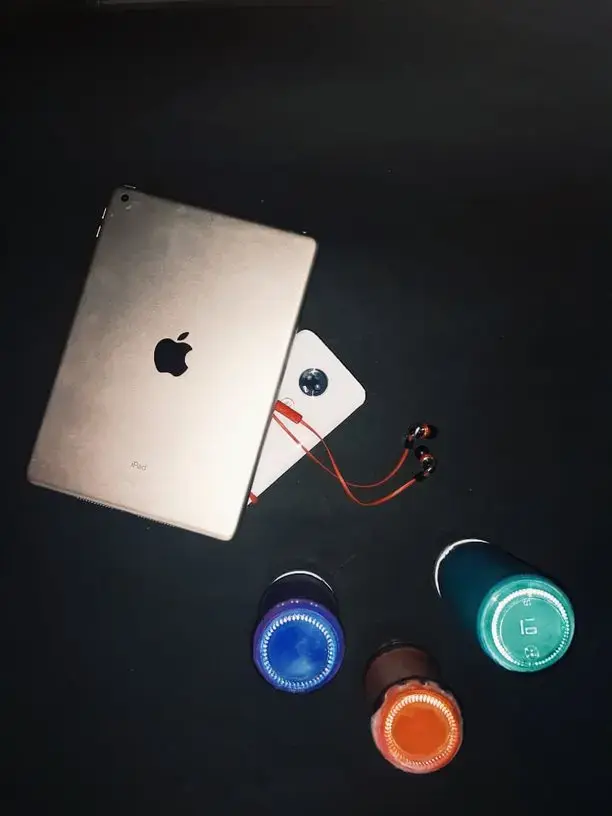
Object Photography: Message and Meaning Beyond a Mere Image
Ar. Nivedita Fadnis
In the contemporary world, where image- making is an instant task, at the disposal to our pre-occupation of self - representations, the seriousness of it has become ambiguous. Due to high accessibility to social media platforms where you can display your captured moments, image- making in the form of photography is fast, sometimes not so accurate as we want it to be, or even completely irrelevant. We are empowered with the compact tool of mobile phone photography. But in retrospect, image- making has historically been a very serious task.
Referring to the times of Henri Cartier- Bresson and Robert Capa, who were modern pioneers of photography, image-making was viewed as a critical task with a conscious effort to document social realities, social changes or symbolically depicting an artistic, economic or a political ideology. The paradigm of photography has, since then, become a common activity of daily life. So what is image-making? What is photography?
We click a photograph to capture a moment that has affected us. We click a photograph to remember something. We click a photograph to reminisce something in the future. Or we click a photograph because we simply like something. Fundamentally, photography is a function of memory and emotions. Our association with certain things at a certain period of time evoke emotions in us that stimulate us intrinsically. And perhaps, for the same reason, we desperately want to click ourselves.
As a function of memory, an image very well serves the future. Memory is an active action, constantly engaging us in the present and helps us imagine the future. This is where the associative importance of things becomes contiguous in the past, the present and the future. This same aspect can be capitalized upon to make images that are personal to us, or that has a commercial value. Like they say about the financial market, that it all works on emotions of people; success of an image also works on emotions of people. An image, with all its subjective elements, colour, texture, light and shade has the power to behold our attention, to encourage us to think of our personal associations to the contents, and can help in associating the values of ‘good, ‘better’, ‘best’ or ‘bad’, ‘worse’, ‘worst’ in us. This judgement influences our approach to the contents of the photograph. It is this very process which happens when a person sees an image of a building, a product, a movie poster or a place. Thus, photography and image making is vital in the fields of architecture, product design, graphic design and even user experience and user interface design. Following are some of the works by students of B.Des III Sem who have explored object photography wherein they were asked to convey their most favourite object through the process of image-making. An analytical discussion further added to the symbolical meanings of the images, which proved to be an important insight for students.

A chronology of analogue and digital watches. The image has a strong sense of history to it, also highlighting the development of technology, and the change in our mediums of keeping time.

The new- age representation of Buddha and his meditative state. The background texture resonates the landscape of Japanese zen gardens, thus conceptually overlapping spaces of Buddhism in different cultures.

A careful composition of colours juxtaposed against an i-pad. The image echoes choices of mediums, manual and digital; an access to the world of colours.

The enchantment of the glass. This image represents the simplicity and richness of the glass bottle as a revered possession. With a strong datum of a stone top, the contrast of the glass is strikingly appealing.



